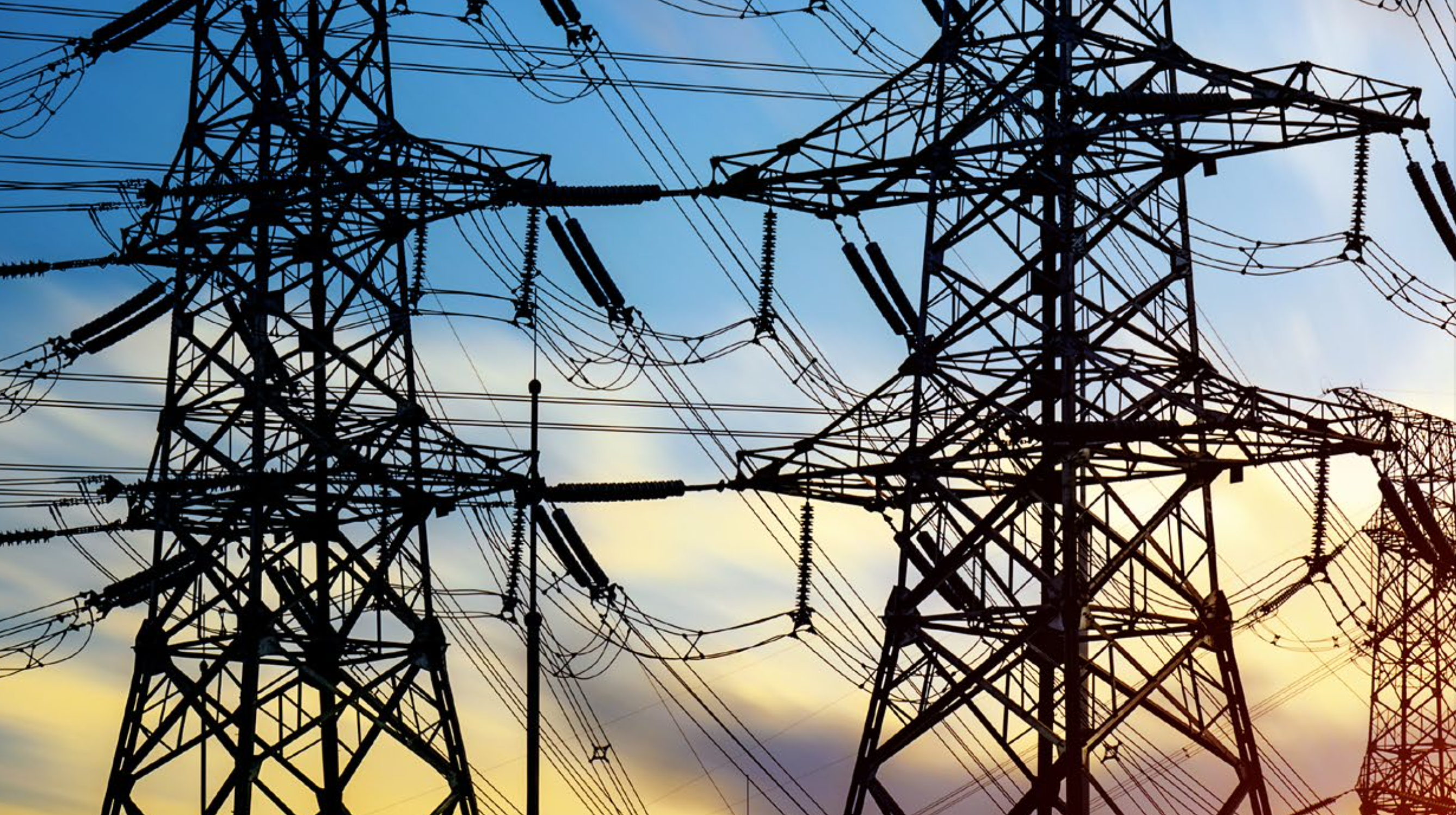The CSIRO Renewable Energy Storage Roadmap identifies Concentrated Solar Power (CSP) as the lowest cost technology for long-duration renewable energy storage, among the storage technologies required to reach net zero in Australia.
The CSIRO Renewable Energy Storage Roadmap outlines the significant role that concentrating solar thermal power (often referred to as CSP or CST) will play in supplying industrial heat and long-duration storage. The Australian Solar Thermal Energy Association (AUSTELA) supports the findings.
Keith Lovegrove, spokesman for AUSTELA, said the CSIRO Energy Storage Roadmap makes it clear that CSP technologies – in which solar power is captured and stored as heat – must play an important role in the grid and in industry’s efforts to decarbonise.
“The CSIRO Renewable Energy Storage Roadmap, published today, is a significant contribution to the debate around the future of the energy market, outlining the vital role storage will play in reaching net zero,” said Dr Lovegrove.
“The CSIRO Roadmap highlights the role of CSP across multiple energy use sectors in the Australian economy, including power generation, transport, and manufacturing. It reveals how CSP will deliver heat to industrial processes, provide heat and power for renewable fuel production, and provide long-duration energy storage to our grid leading up to 2050.”
CSP uses mirrors to concentrate and capture the sun’s energy, which is stored as heat in molten salt tanks that can then deliver electricity or heat for up to 15 hours or more as needed. This provides an ability to generate power overnight, and to power thermal industrial processes 24/7.
Dr Lovegrove said batteries were a well-established technology for storing renewable power for short-term use. However, as the electricity grid transformed towards 100% renewable generation, substantial amounts of long-duration storage was needed.
“While the role of battery storage is well recognised, the Roadmap shows that CSP is much more cost-effective at providing medium to long-duration energy storage. As well as being low-cost, CSP provides additional benefits when deployed in electricity networks as it offers grid stability services, removing the need for expensive synchronous condensers and supporting the rollout of even more wind and solar PV. The Roadmap also demonstrates that CSP is a zero-emissions alternative to gas in powering industrial processes.”
Dr Lovegrove said the Storage Roadmap was an important document because it demonstrated how much work needed to be done to reach 2050 emissions targets, and included recommendations for incentivisation of medium- and long-duration storage.
“We must to do more if we want to catch-up with other countries and decarbonise our energy system. The CSIRO has recognised two difficult aspects of the decarbonisation challenge – long-duration storage and industrial process heat – and concluded that CSP is a cost-effective way to address those challenges.
“It was a pleasure to work with CSIRO in the development of this report. AUSTELA looks forward to further collaboration between industry and government to ensure we maximise our powerful sun to produce cheaper, cleaner, and more reliable energy.”















































